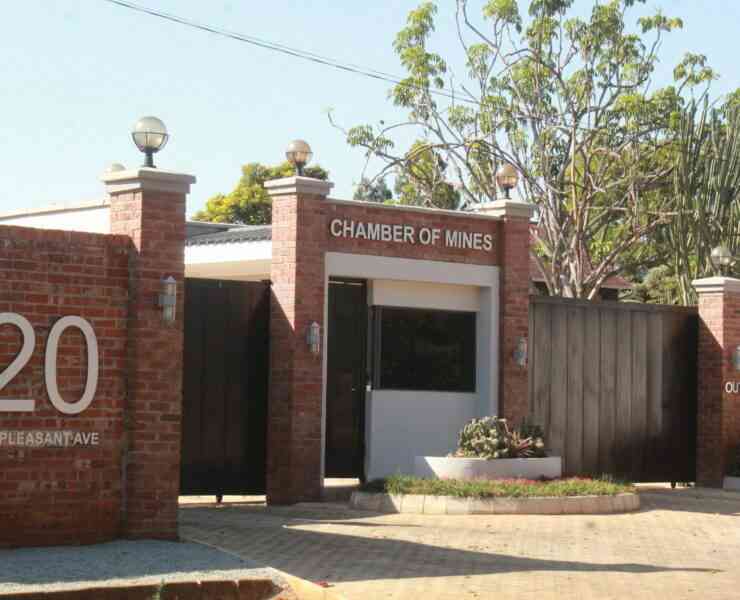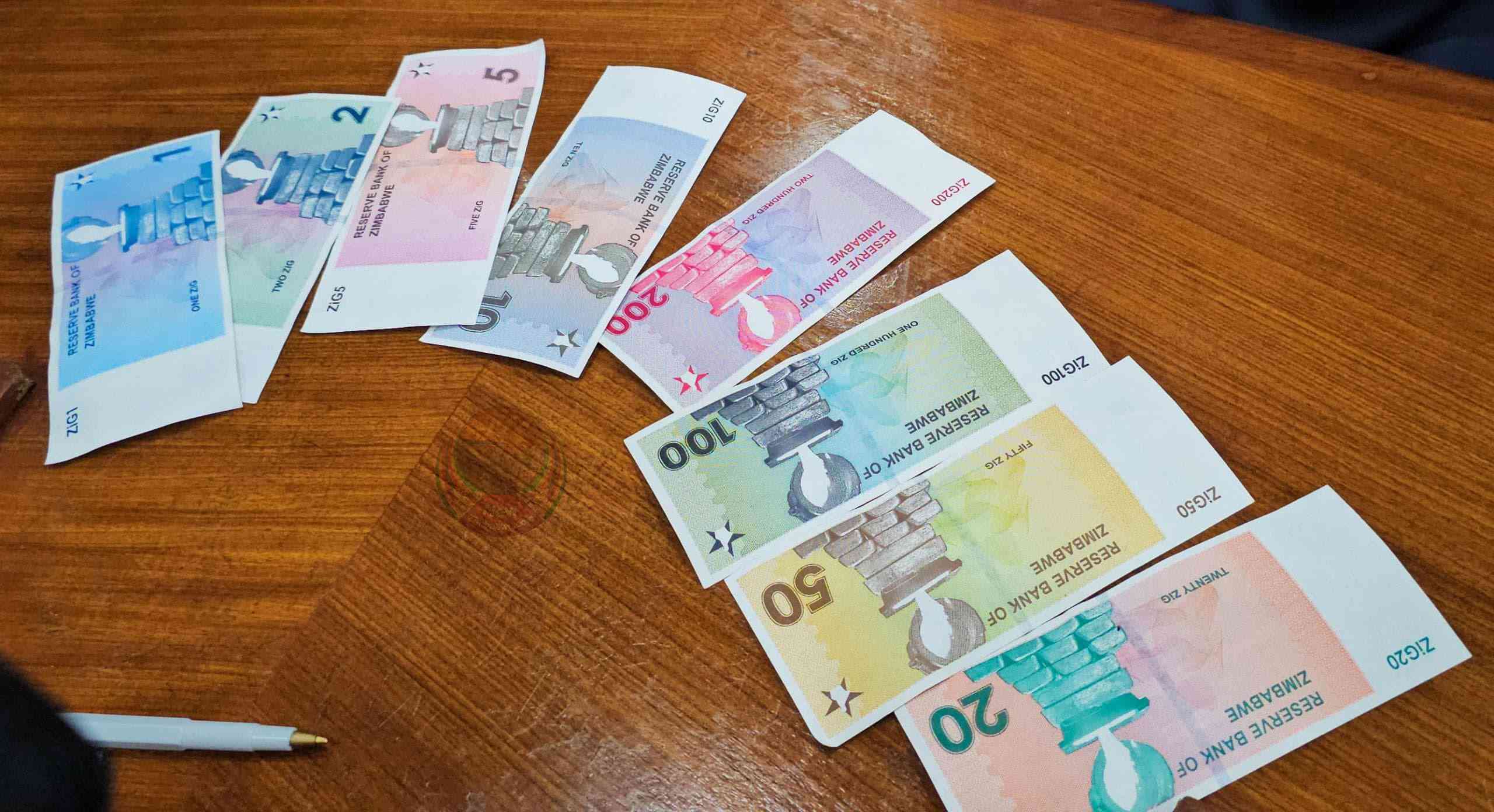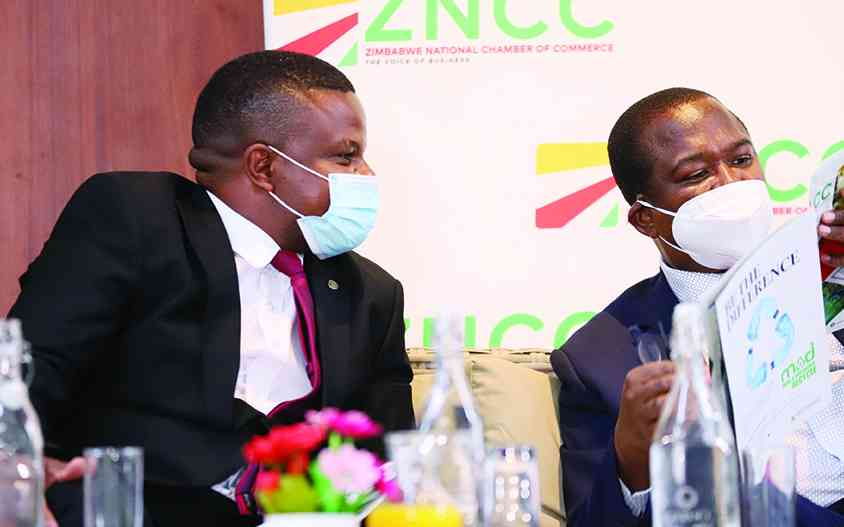
THE Chamber of Mines of Zimbabwe (CoMZ) says the mining sector will generate US$7 billion next year, against a US$12 billion government target.
In a report, CoMZ said the industry would be held back by high operational costs, rolling power cuts and a projected global recession.
In 2019, government launched an ambitious plan to create a US$12 billion mining industry by 2023. The mining industry is at the heart of an economic recovery plan that government has been pursuing.
Authorities say the industry’s ability to generate foreign currency gives it capacity to lead recovery efforts.
However, forex shortages, rolling power cuts, lack of capital, obsolete equipment and high costs appear to be dampening these hopes.
CoMZ’s 2022 state of the mining industry survey released yesterday said apart from the many factors that have hit production, at least 19% of revenues would be paid to government through various taxes.
“Mining revenues are distributed as follows: Procurement (46%), wages and salaries (24%), government taxes and levies (19%), shareholders and others (11%),” CoMZ said in the survey titled Mining Industry Prospects for 2023.
“Further analysis of the projected revenue growth shows that mineral revenues are projected to increase by about 8% from an estimated US$6,5 billion in 2022 to around US$7 billion in 2023. Survey findings show that procurement of inputs (40%), employment costs (24%) and government taxes (19%) constitute around 83% of mineral revenues,” the report noted.
- Mines propose fresh power import deal
- Motorist robbed while relieving self
- Mines propose fresh power import deal
- ‘Mining sector to miss US$12bn target’
Keep Reading
The drop in revenues will hit mines even as there has been projections of robust growth in international commodity prices.
Gold output, the country’s largest export commodity, is expected to rise to 45 tonnes next year from a projected 38,2 tonnes by the end of this year.
In terms of platinum, 16,17 tonnes are projected next year, 5% higher than an estimated 15,4 tonnes by year-end.
The CoMZ projected a 19% increase in diamond output to 6,3 million carats from a projected 2022 comparative of 5,3 million.
The report said a global recession that has been projected for next year would hit commodity markets, with a significant impact on the domestic market.
“The prospects for mineral output growth for 2023 are generally lower than those recorded for 2022. Despite slowing down, positive output growth is expected across all key minerals. Key constraints to production identified by mining executives in the survey are power outages, high-cost structure, foreign currency shortages, capital shortages, obsolete machinery and equipment,” CoMZ said.
“The average capacity utilisation of the industry is expected to reach 84% in 2023, up from 81% in 2022.
“Key sectors anticipated to drive the improvement in capacity utilisation are ferrochrome, coal and gold.”
The capital expenditure for the industry is expected to be US$1 billion next year.
“Survey findings show that profitability prospects for 2023 are subdued compared to those recorded for 2022. Most executives reported that their profitability will be weigheddown by an anticipated high-cost structure driven by increases in energy cost, royalties and taxes,” CoMZ said.
- Follow us on Twitter @NewsDayZimbabwe











